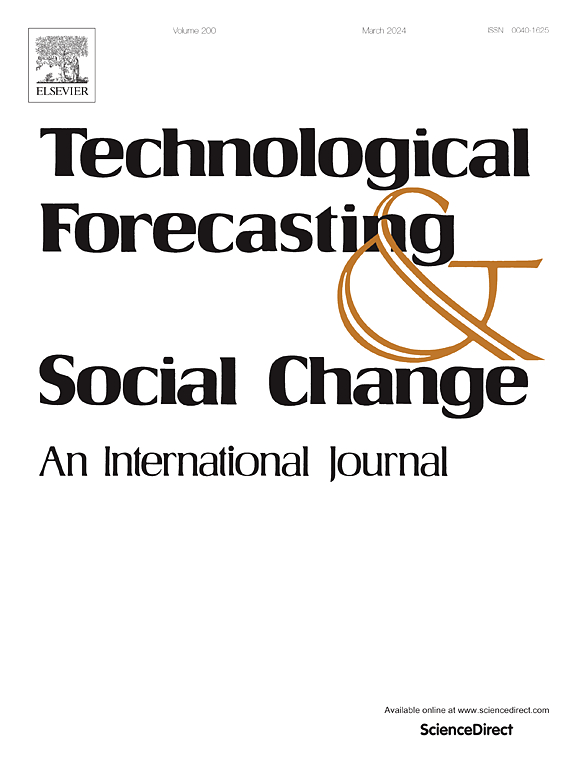Biases in expert judgements in large-scale S&T Delphi Surveys: How to cope with them?
IF 13.3
1区 管理学
Q1 BUSINESS
Technological Forecasting and Social Change
Pub Date : 2025-06-04
DOI:10.1016/j.techfore.2025.124223
引用次数: 0
Abstract
When preparing to a new large-scale science and technology (S&T) Foresight study we decided to analyse available previous Delphi surveys in order to assess the results they achieve. The most important issue for us was how to avoid biases in expert judgements, in particular related to reaching convergence in the second round of the survey compared to the first round. This article presents the results, which turned out to be unexpected for us.
The paper is devoted to analyzing the key characteristics of the Delphi method used in large-scale S&T Foresight studies. It provides insight into the major features of the method, its strong and weak points. A closer analysis is paid to potential constraints of using the Delphi method related to expert judgement biases and approaches to cope with them. There were identified three major groups of typical biases in expert judgements in Delphi studies; for each of them a number of approaches proposed to minimize the biases.
Based on analysis of five large-scale national S&T Delphi surveys (conducted in Japan, Germany, UK, and Russia), it was shown that there is a systemic bias in judgements given by experts in their assessment of importance of topics in the second round compared to the first round. It is also shown that in most cases the variance of expert's judgements in the second round of the survey is higher than in the first round, which means that the second round both gives a systemic bias of judgements and in general does not lead to convergence of expert opinions. It leads to a discussion on the approaches and practical instruments, which can increase the quality of Delphi outputs and make them more useful for policy-making.
大型科技德尔菲调查中专家判断偏差:如何应对?
在准备一项新的大规模科学技术(S&;T)前瞻研究时,我们决定分析以前可用的德尔菲调查,以评估他们取得的结果。对我们来说,最重要的问题是如何避免专家判断中的偏见,特别是在第二轮调查中与第一轮相比达到趋同的问题。这篇文章展示了结果,结果出乎我们的意料。本文分析了德尔菲法在大规模预测研究中的主要特点。它提供了对该方法的主要特征、优点和缺点的洞察。进一步分析了使用德尔菲法与专家判断偏差相关的潜在约束和应对方法。在德尔菲研究中,鉴定出三大类典型的专家判断偏差;对于他们中的每一个都提出了一些最小化偏差的方法。根据对五项大型全国性标准普尔特尔斐调查(在日本、德国、英国和俄罗斯进行)的分析,结果表明,与第一轮相比,专家在第二轮评估主题重要性时给出的判断存在系统性偏差。研究还表明,在大多数情况下,第二轮调查中专家判断的方差高于第一轮调查,这意味着第二轮调查既给出了系统的判断偏差,也通常不会导致专家意见的趋同。本文还讨论了方法和实用工具,以提高德尔菲产出的质量并使其对决策更有用。
本文章由计算机程序翻译,如有差异,请以英文原文为准。
求助全文
约1分钟内获得全文
求助全文
来源期刊
CiteScore
21.30
自引率
10.80%
发文量
813
期刊介绍:
Technological Forecasting and Social Change is a prominent platform for individuals engaged in the methodology and application of technological forecasting and future studies as planning tools, exploring the interconnectedness of social, environmental, and technological factors.
In addition to serving as a key forum for these discussions, we offer numerous benefits for authors, including complimentary PDFs, a generous copyright policy, exclusive discounts on Elsevier publications, and more.

 求助内容:
求助内容: 应助结果提醒方式:
应助结果提醒方式:


